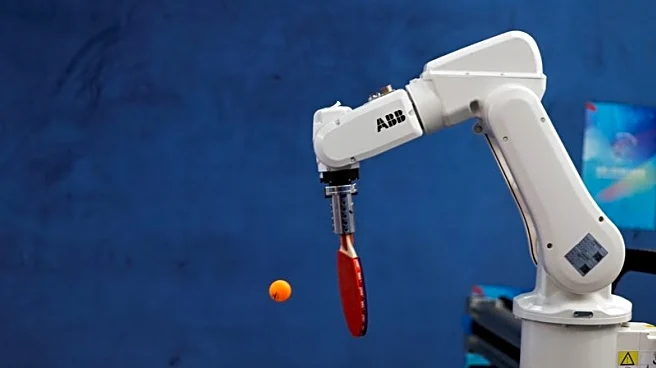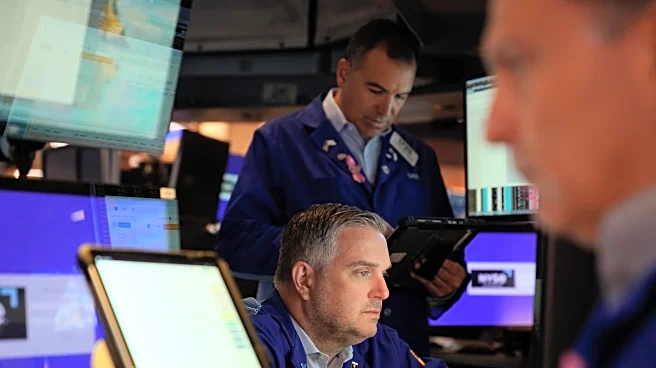What is the story about?
What's Happening?
A recent study published in Science Advances has uncovered the complex social structure of naked mole-rats, revealing that these rodents perform specific tasks within their colonies. Researchers from Kumamoto University in Japan used an automated radio-frequency identification tracking system to monitor 102 naked mole-rats across five captive colonies for 30 days. The study found that individual mole-rats consistently perform specific duties such as digging, transporting garbage, and cleaning toilets, which helps the colony function more efficiently. The research highlights the distinct roles of breeders and the behavioral diversity among nonbreeders, underscoring the complexity of naked mole-rat social organization.
Why It's Important?
The findings provide significant insights into the eusocial behavior of naked mole-rats, one of only two known mammal species to exhibit such a social structure. Understanding the task allocation within these colonies can help researchers uncover the underlying mechanisms driving cooperative societies. This knowledge could be applied to other eusocial species and contribute to broader studies on social behavior in animals. The study also opens avenues for future research to manipulate variables and trigger behavioral changes, potentially leading to discoveries about the evolution of social systems in mammals.
What's Next?
Future studies may focus on manipulating environmental variables to observe changes in task allocation among naked mole-rats. Researchers could also explore other observation methods to gain deeper insights into the cooperative behaviors of these rodents. Such studies could further elucidate the mechanisms behind eusociality and its evolutionary advantages, potentially influencing conservation strategies for species exhibiting similar social structures.
Beyond the Headlines
The study of naked mole-rats' social organization may have implications for understanding human social behavior and cooperation. By examining the factors that drive task allocation and efficiency in mole-rat colonies, researchers could draw parallels to human societal structures and teamwork dynamics. This research could also inform the development of artificial intelligence systems designed to mimic efficient task allocation and cooperation.
AI Generated Content
Do you find this article useful?















